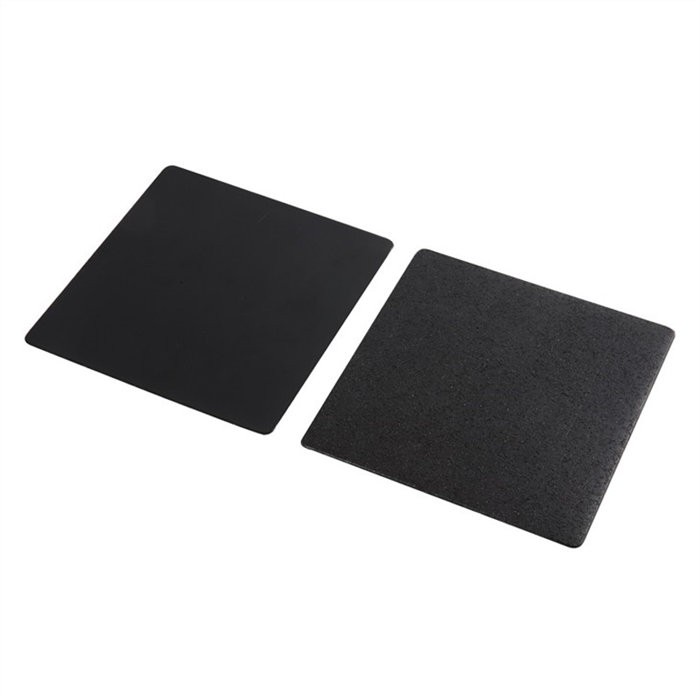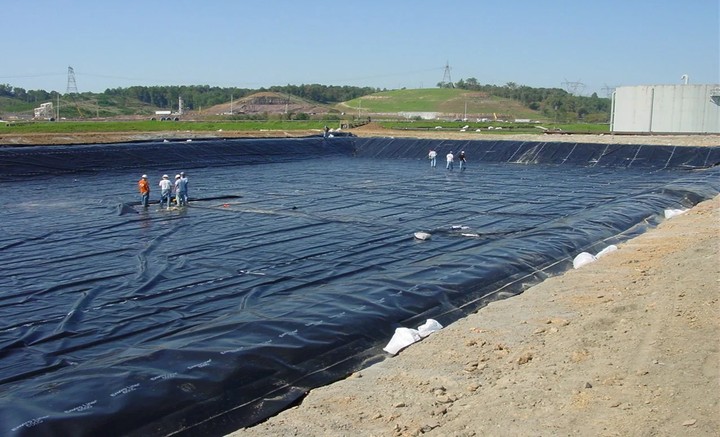Effective waste management is a critical aspect of modern society, and landfills play a key role in handling this challenge. However, preventing contamination from waste leachate is paramount to protecting the environment and surrounding ecosystems. For decades, geomembranes have been utilized in landfill construction to ensure superior seepage prevention. This article delves into a case study on geomembrane usage in landfills, evaluates their performance, and explores the best ways to buy geomembrane products.

I. Why Are Geomembranes Essential in Landfills?
Landfills are complex systems designed to safely manage waste while minimizing environmental impact. One of the most critical challenges in landfill operations is controlling the migration of leachate—a liquid formed when water filters through waste material. Leachate can carry harmful contaminants that pose a threat to groundwater and soil quality.
This is where geomembranes become indispensable. Acting as a barrier, geomembranes offer unmatched resistance to chemical attack, mechanical damage, and UV degradation. They prevent leachate from seeping into the surrounding environment and protect the landfill liner system from damage caused by fluctuating temperatures or external pressures. With their flexibility, durability, and chemical resistance, geomembranes have become a cornerstone of modern landfill design.
II. Case Study: Geomembrane Performance in a Large Landfill
A recent landfill project, spanning over 100 acres, adopted high-density polyethylene (HDPE) geomembranes for its liner system. The project aimed to meet stringent environmental protection standards while accommodating a growing volume of waste. Engineers chose geomembranes due to their exceptional sealing properties and long lifespan.
1. Installation and Seam Testing
During the installation, engineers prioritized quality control by testing geomembrane seams to ensure their integrity. Heat-welded seams provided a secure and leak-proof barrier. The geomembrane layers were carefully overlapped, welded, and inspected to guarantee zero defects.
2. Performance Analysis
Over a three-year observation period, the landfill reported zero leachate leakage. This demonstrated that geomembranes effectively mitigated contamination risks. Moreover, the geomembranes maintained their mechanical strength and flexibility despite exposure to significant waste loads and harsh environmental conditions.
This case underscores the importance of choosing high-quality geomembranes from reliable suppliers. If you’re considering where to make the best geomembrane buy, it’s crucial to evaluate product quality, certifications, and long-term durability.
III. Key Features That Ensure the Success of Geomembranes
When evaluating geomembranes for landfill projects, specific features are vital for their effectiveness:
1. Chemical Resistance
Landfill leachate often contains a mix of organic and inorganic compounds that can corrode traditional materials. High-quality geomembranes offer superior resistance to chemicals, ensuring their structural integrity remains intact over time.
2. Durability and Longevity
Geomembranes must withstand significant pressure, sharp objects, and fluctuating temperatures. Their durability is one of the reasons they are widely used in demanding landfill projects.
3. Seam Integrity
The effectiveness of a geomembrane relies heavily on the quality of its seams. Advanced welding technologies ensure strong, leak-proof seams that enhance the overall performance of the liner system.
When planning your next landfill project, consider working with experts and sourcing geomembranes from manufacturers who offer competitive pricing and high-quality products. It’s never been easier to buy geomembrane products tailored to your project needs.
IV. How to Choose the Best Geomembrane for Your Project
Selecting the right geomembrane is a crucial decision that can significantly impact the success of your landfill project. Here are some factors to keep in mind when evaluating your options:
1. Material Type
HDPE and linear low-density polyethylene (LLDPE) are among the most common materials used for landfill geomembranes. Each material has unique strengths, with HDPE offering higher chemical resistance and LLDPE providing greater flexibility.
2. Product Certifications
Look for geomembranes that comply with global quality standards. Certifications like ASTM (American Society for Testing and Materials) and ISO ensure the product meets rigorous performance criteria.
3. Supplier Reliability
Choose a supplier with a proven track record of delivering high-performance geomembranes. A good supplier will offer technical support, installation guidance, and competitive pricing to ensure the best geomembrane buy experience.
V. Benefits of Geomembranes Beyond Landfills
While landfills are a primary application, geomembranes are versatile materials used in various sectors. They are commonly used in:
– Water reservoirs and canals for seepage prevention
– Mining operations to protect against chemical spills
– Industrial wastewater treatment facilities for contamination control
Their adaptability and high performance make geomembranes a worthwhile investment for diverse projects.
VI. How to Buy Geomembrane Products
Purchasing geomembranes can be a straightforward process if you know what to look for. Here are some tips to ensure a smooth buying experience:
1. Define Your Project Needs: Determine the size, material type, and thickness requirements for your geomembrane.
2. Research Suppliers: Compare multiple suppliers to evaluate product quality, pricing, and customer service.
3. Request Samples: Testing samples can help you gauge the performance of the geomembrane before committing to a bulk purchase.
4. Negotiate Pricing: Ensure you receive the best value for your investment without compromising quality.
With the right preparation and research, you can easily identify and secure the best geomembrane buy for your landfill or other projects.
VII.Conclusion
Geomembranes have revolutionized landfill construction, providing unmatched protection against leachate contamination and ensuring environmental safety. Through careful planning, installation, and quality assurance, geomembranes continue to prove their value in modern waste management.
If you’re planning a landfill project or exploring options for seepage control, investing in high-quality geomembranes is essential. When you’re ready to buy geomembrane products, partnering with experienced manufacturers will ensure your project’s long-term success. Whether for landfills or other applications, geomembranes remain the optimal solution for reliable and effective containment systems.
